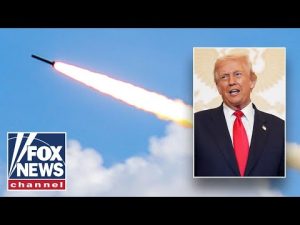On Wednesday, the Federal Reserve made headlines by delivering its second interest rate cut of the year. This move was expected, but what wasn’t anticipated was the firm stance taken by Fed Chair Jerome Powell about future cuts. In a twist that caught many off guard, Powell emphasized that a further cut in December is anything but a done deal. It appears that the Fed is facing some uncertain waters, and there’s more than meets the eye when it comes to their interest rate decisions.
Powell highlighted that there are differing opinions within the Federal Reserve about the state of the economy. While some officials are expressing concerns about a potential weakening of the labor market, others are still wrestling with the specter of high inflation. It’s a classic case of “you say tomato, I say to-mah-to” as the Fed tries to balance these conflicting goals. Unfortunately, the government shutdown has thrown a wrench into their data-gathering efforts. With important statistical releases on hold, the Fed is navigating through murky waters, and their decision-making process has become that much more complex.
Recent layoffs announced by major companies have further complicated matters. Powell indicated that the Fed is keeping a close eye on these developments, knowing that they could have serious implications for job creation. As of now, the initial claims data haven’t shown alarming signs, but the economic landscape is shifting. The lack of timely government data means that Powell and his team might have to make decisions based on less reliable sources, like corporate earnings surveys, which could prove flimsy at best.
When confronted with the uncertainty of a shuttered government and a foggy economic forecast, Powell suggested a simple yet impactful strategy: slow down. This metaphor speaks volumes, as it illustrates the Fed’s cautious approach to navigating through the unknown. Is it better to rush ahead into the unknown or take a step back and assess the situation? It seems that in this case, a careful recalibration might be the wisest course of action.
So, the big question on everyone’s mind is whether the government will get back to business and provide the crucial data that shapes Fed policy decisions. If the data flow remains stifled, the Federal Reserve might find itself relying on shaky corporate insights rather than solid government statistics. This ambiguity makes it impossible to predict with certainty what the Fed will decide in December. As watchers of the economy closely monitor these developments, one thing stands clear: in the world of financial decisions, patience may be the name of the game. The coming months are likely to bring more twists and turns, and the Fed’s careful balancing act will be a spectacle worth watching.







